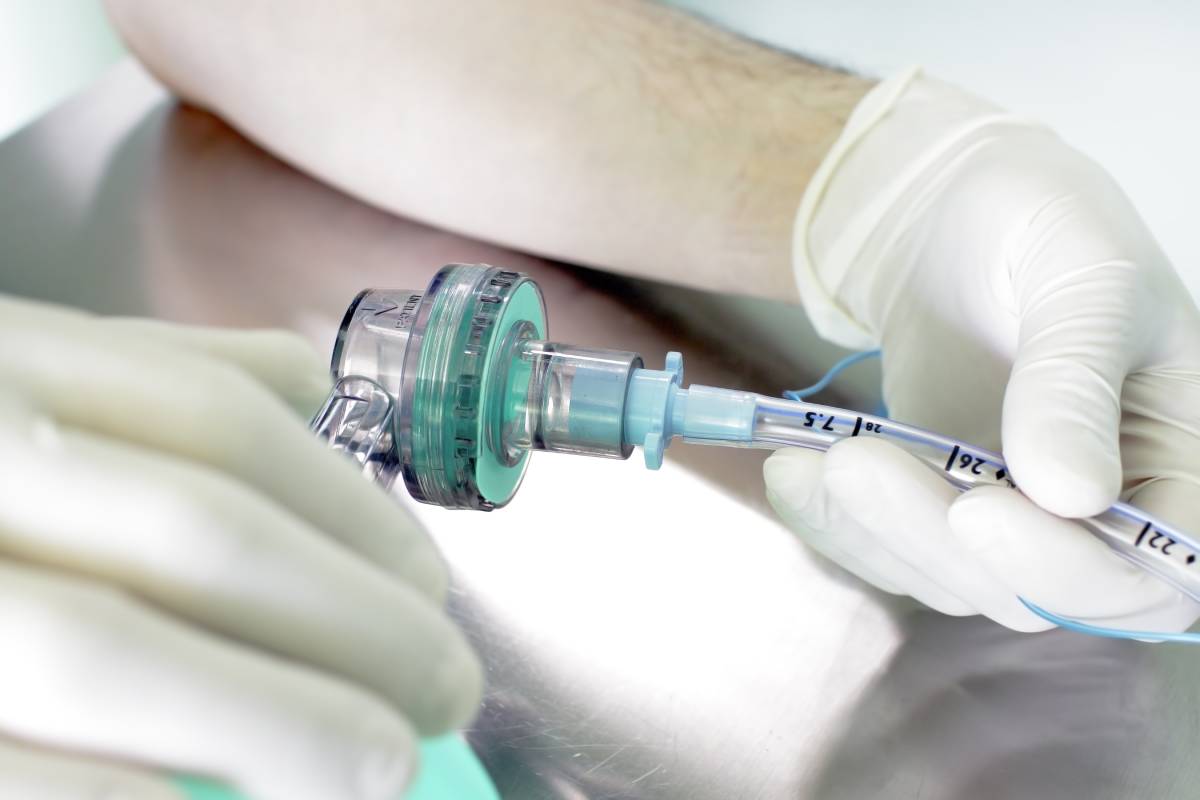Patient Discomfort and Hemodynamic Response during Extubation
September 20, 2021
Extubation, the removal of an endotracheal tube (ETT), is an important milestone for patient recovery; it should be undertaken when the patient is able to maintain their airway and breathe on their own (Artime and Hagberg, 2014). ETT’s can be used for patients under general anesthesia or for patients in acute respiratory failure. In a standard extubation, the steps are preoxygenation, suctioning and removal of the tube with close supervision of the airway (Artime and Hagberg, 2014). The patient is either awake or deeply anesthetized. Although awake extubation can be unpleasant for the patient and cause coughing and bucking, “deep” extubation can cause a loss of pharyngeal muscle tone and is discouraged (Artime and Hagberg, 2014). Extubation is also associated with a hemodynamic response that increases the risk of adverse outcomes if not properly managed.
Extubation failure occurs when the patient needs to be reintubated. It is often due to airway muscle spasms or respiratory distress (Artime and Hagberg, 2014). Reintubation increases patient mortality, so it is important to understand what causes extubation failure and what can be done about extubation complications. Patients who have been intubated due to acute respiratory failure, have had a more severe illness or have comorbidities like obstructive sleep apnea or reactive airway disease are more likely to fail extubation (Artime and Hagberg, 2014).
One complication of extubation is the hemodynamic response. Extubation stimulates the sympathetic nervous system and adrenal gland, causing an increase in heart rate and blood pressure (Swamy and Madhusudhana, 2018). This can increase intracranial and intraocular pressure and cause dysrhythmias (Salim et al, 2019). In a patient with hypertension or other pre-existing conditions, or in any patient with an exaggerated response, this can increase the heart’s oxygen demand beyond the body’s ability to supply, leading to tissue death and heart attack in rare situations. The increase in blood pressure can also lead to vessel rupture and hemorrhage (Salim et al, 2019).
Limiting the hemodynamic response can increase the likelihood of successful extubation; this, along with decreasing discomfort for the patient, is often the goal of modifications to the standard procedure. For example, laryngeal mask airway-assisted extubation, which uses a device inserted into the pharynx, has been found to reduce hemodynamic effects, coughing and bucking when compared with both standard awake and deep extubation (Artime and Hagberg, 2014).
Pharmacological aids have also been tested. Remifentanil, a short acting opioid, is used because its amount can be titrated for optimal effect, a sweet spot of reducing hemodynamic stress and coughing without respiratory depression (Artime and Hagberg, 2014). However, although remifentanil was found in some studies to be useful after head, ear, eyes, nose and throat surgeries, the data on its effectiveness is overall ambiguous (Salim et al, 2019). A meta-analysis of pharmacological interventions showed that the sedative dexmedetomidine at a dose of 0.4-0.5 ug/kg is associated with smooth extubation: a calm patient, minimal coughing, “stable hemodynamics” and no nausea, vomiting or respiratory depression (Salim et al, 2019). Combining the dexmedetomidine with intravenous lidocaine (a sodium channel blocker) may provide even more favorable results (Salim et al, 2019); combinations of lidocaine with other types of medication that act on nervous system response, like calcium channel blockers, may improve their effectiveness as well (Swamy and Madhusudhana, 2018). The meta-analysis did not include patients with comorbidities; this is an area where further data is needed.
References
Artime CA, Hagberg CA. Tracheal extubation. Respir Care. 2014;59(6):991-1005. doi:10.4187/respcare.02926
Salim B, Rashid S, Ali MA, Raza A, Khan FA. Effect of Pharmacological Agents Administered for Attenuating the Extubation Response on the Quality of Extubation: A Systematic Review. Cureus. 2019;11(12):e6427. Published 2019 Dec 20. doi:10.7759/cureus.6427
Swamy SN, Madhusudhana R. Attenuation of Hemodynamic Responses to Endotracheal Extubation with Different Doses of Diltiazem with Lignocaine: A Placebo-Controlled Study. Anesth Essays Res. 2018;12(2):428-433. doi:10.4103/aer.AER_28_18